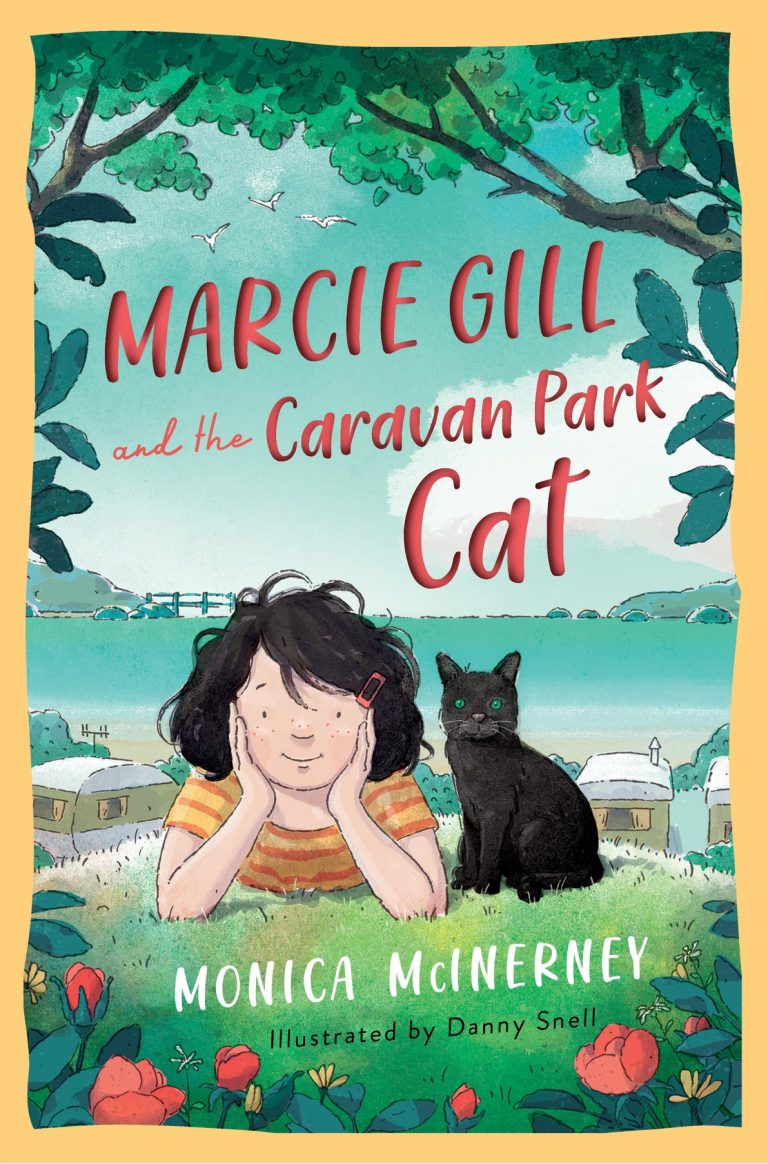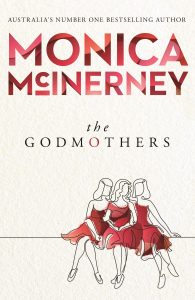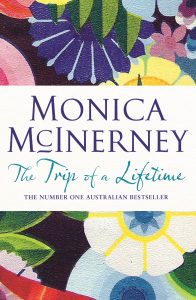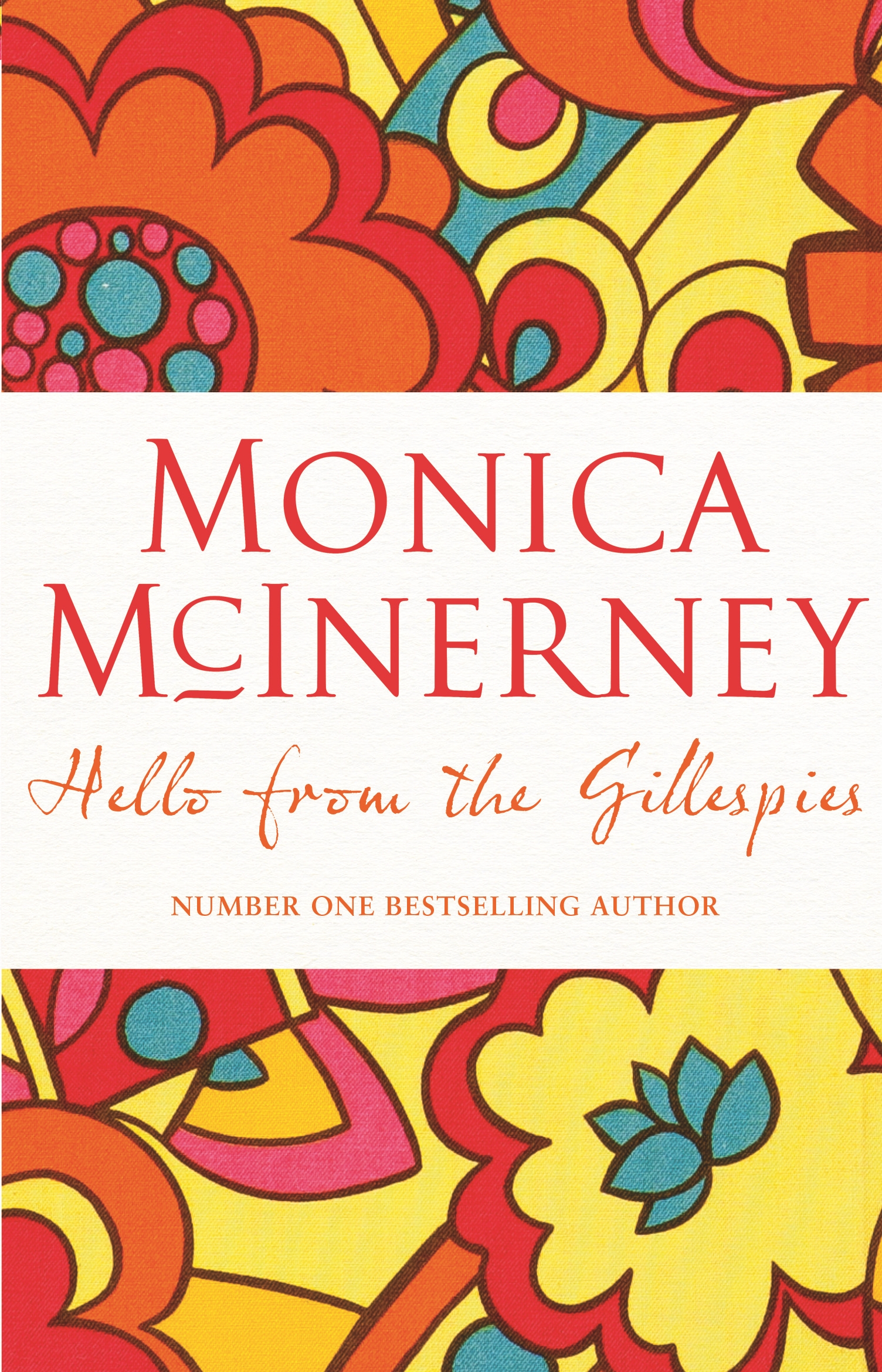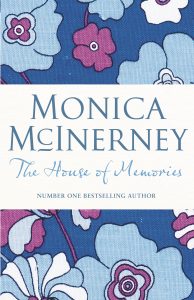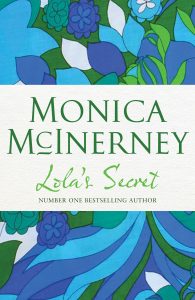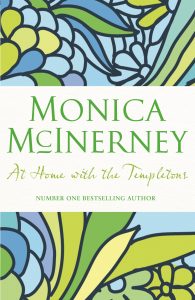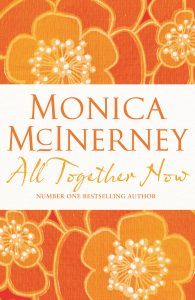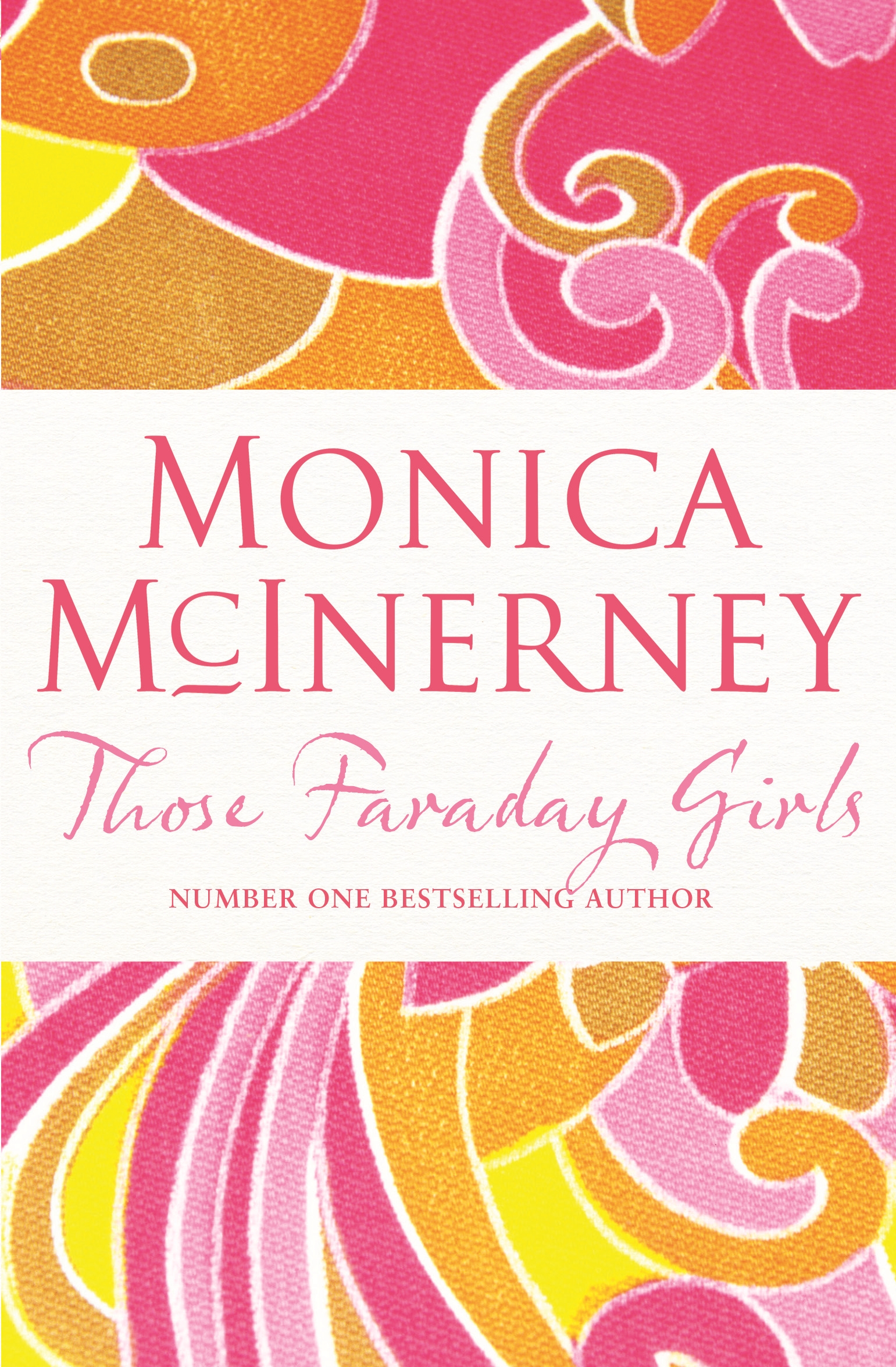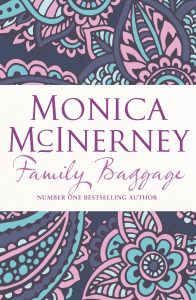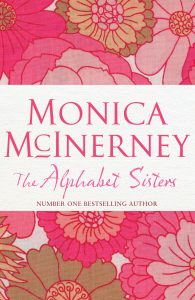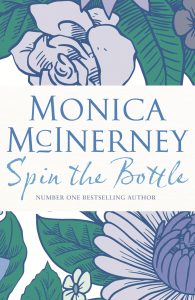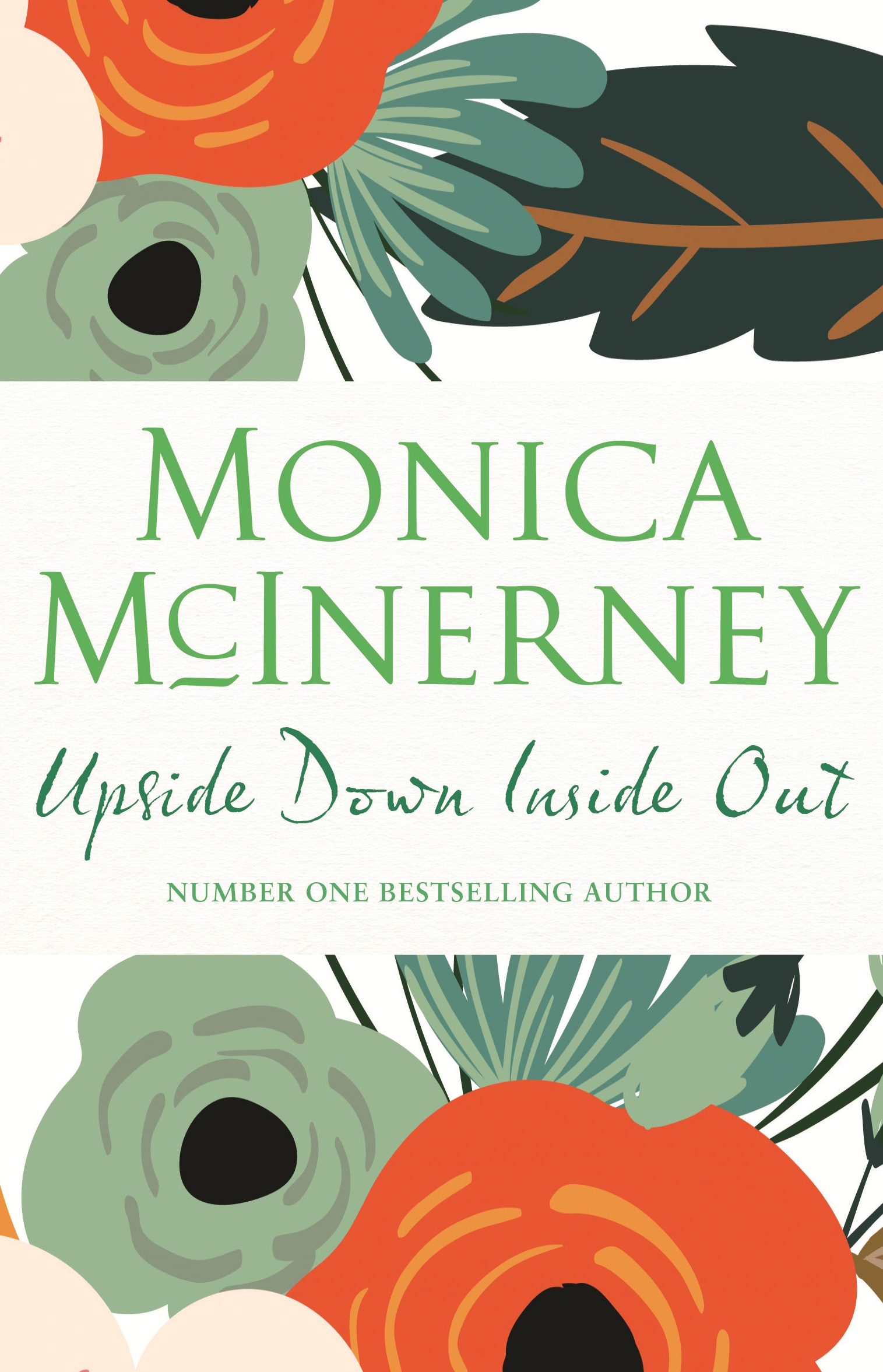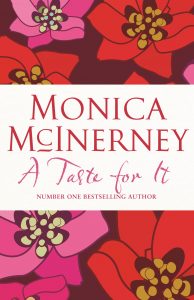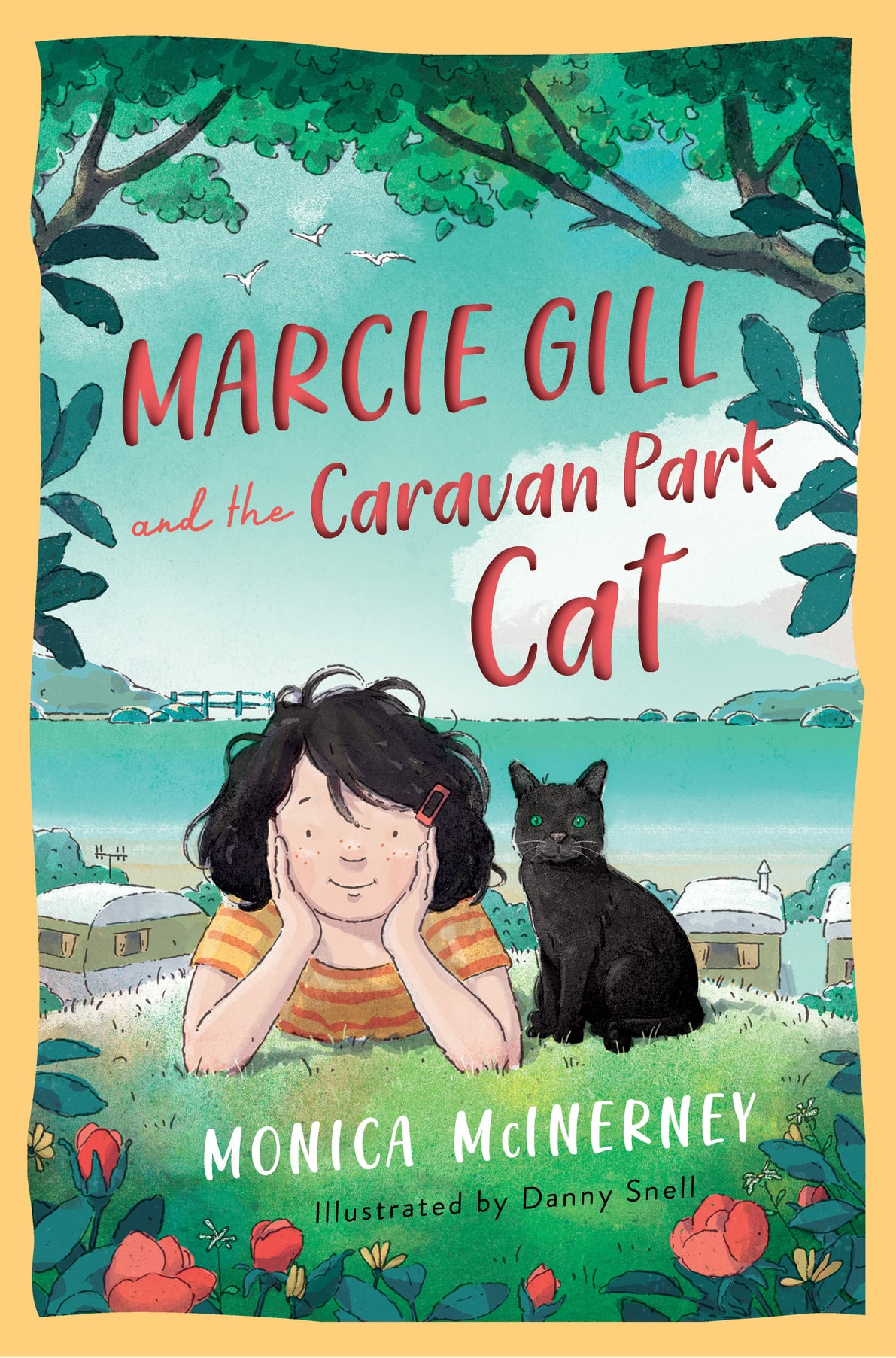Locations, Locations, Locations
Sometimes being a novelist is like having a film crew living in your head. There’s a casting agent picking characters, a wardrobe mistress dressing them, a scriptwriter developing plots and dialogue. And before anything can really get going, you need a location scout to find the right settings.
As a child growing up in South Australia’s Clare Valley, I used to sit on the roof of our family home, seeking shade behind one of the chimneys, reading my Enid Blyton and Mark Twain books. Up there, the hot corrugated iron leaving marks on my legs, I read about English villages, snow, frozen lakes, the Mississippi. It was how I learned about the world before I had a chance to see it for myself. When I began writing my own books, I wanted to do the same thing to my characters, and eventually my readers – supply them with fictional round-the world tickets, travel without the pain.
‘Write what you know,’ how-to books urge. ‘Set them where you’ve been,’ I’ve added.
For the past twenty years I’ve moved back and forth between Australia and Ireland, my husband’s home country. The characters in my first four novels did the same. The plots weren’t autobiographical, but the settings definitely were. No travel memory or experience is wasted when you’re a writer.
The Clare Valley was the starring location in those early novels. It’s the place I know best in the world. I took pleasure and pride in describing the vineyards, the gentle surrounding hills, the walking trail that follows the path of the old railway line, moving my made-up characters around real landscapes. A fictional winery cafe in one novel looks uncannily like a stone cottage where I used to babysit as a teenager. The motel in another isn’t unlike the one in which I worked as a room cleaner, waitress and kitchen hand for several years.
I’ve used the Irish settings I know best too – Dublin, Galway, Meath and Clare. My characters have taken brisk walking tours of Dublin, through St Stephen’s Green, down Grafton Street to the Molly Malone statue, along the River Liffey quays and across the Ha’penny Bridge, the sky low and grey, the air crisp, a scent of malt from the Guinness brewery filling the air. They’ve lived near the beautiful Hill of Tara, the ancient capital of Ireland, as I did, walking across the green fields, grass-covered ditches and mounds of earth marking the sites of prehistoric passage-tombs and sacred wells, imagining it centuries before, with kings, poets and heroes leading parades, sacred rites and rituals taking place. My characters have enjoyed nights in my favourite County Clare traditional music pub (Gus O’Connor’s of Doolin) and found themselves on the wild, open beaches in the west of Ireland, where I’ve had many a long walk myself, looking across to the hills of Connemara.
Like travel itself, the power of fiction, as a writer and a reader, is where it can take you – into other people’s minds, lives, homes, cities, countries. Before I go on holiday, I always read fiction set in my destination. Those novels may not have maps or tell me where to stay or eat, but they give me a glimpse of what life is like for people there. Donna Leon’s series of detective novels set in Venice gave me more insights into everyday life in that mysterious, watery city than any guidebook could. After reading all of Alexander McCall Smith’s 44 Scotland Street series, a weekend in Edinburgh felt like a home-coming – the house at number 44 was an invention, but everything else he described was real: Scotland Street in New Town; the Cumberland Bar; the art galleries of Dundas Street; the Valvona & Crolla Italian deli.
With my own novels, the sense of place is as important to me as the plot. I send my characters all over the world, uprooting them from familiar surroundings and dropping them into new countries and situations. Sometimes the location comes first, and I fashion the plot to suit the place. Other times the plot sends me in directions – literally – that I hadn’t expected.
As I was writing my novel Those Faraday Girls, the story of five very different Tasmanian sisters and Maggie, the niece they raise between them, it became clear to me that Maggie had to uproot herself from home and family, and start a new life in a new city. Where better than New York? Like Maggie, I had never been there before. For a fortnight, I lived her fictional life alongside my real one. I rented an apartment in Greenwich Village and spent my time sitting in Washington Square, watching the tiny big-dog and small-dog parks in operation, visiting Ground Zero, seeking out speciality stores for chocolate, artwork, jewellery and clothes, taking in a show on Broadway, walking across the Brooklyn Bridge, getting lost on the subway system – living the life of a temporary New Yorker in fast-forward fashion. I walked the streets as myself, but there was always a soundtrack playing in my head: what would Maggie notice, who would she talk to in this queue of people, what restaurant would she choose?
The characters in my last novel At Home with the Templetons were also globetrotters: seven members of an English family, the Templetons, who arrive suddenly in Australia to take over an historic mansion and run it as a tourist attraction. A childhood fascination with the Clare Valley’s Martindale Hall, the 19th century Georgian mansion that had a starring role in Peter Weir’s Picnic at Hanging Rock, was my architectural blueprint. I stole elements shamelessly: its shuttered windows, sandstone walls and striking chandelier-adorned entrance hall. What I needed to research was its location. I wanted somewhere rural. Rich in history. A tourist area… The Victorian goldfields filled all the criteria.
In the late summer heat of April 2009, I spent a week driving through the area auditioning the different towns, deciding which would be home to my Templeton family. Bendigo? Ballarat? Carisbrook? I walked their streets, discounting each for various reasons, like Goldilocks – too big, too small. Driving into Castlemaine late one afternoon, the April sunshine warming the stone buildings to a glow, I immediately knew I’d found my town. It had country charm, with its wide main street and casual feel, but architectural treasures that set it apart – Gothic churches, an Art Deco theatre, a market building with columns and statues, even an art gallery. And then the clincher. Walking through the streets in the centre of town, I glanced up at one of the signs. I was on Templeton Street. In smaller letters, it explained that a William Templeton had been chief surveyor in the goldfields. I’d picked an historic surname for my fictional family without realising.
Sometimes one book even supplies me with locations for the next, like a game of pass-the-parcel. In 2008, I was in the US on a book tour for Those Faraday Girls. I visited the small Illinois town of Woodstock, just an hour or so from Chicago, to give a talk at the town’s only bookshop. With a few hours to myself beforehand, I set out exploring. ‘It’s exactly how a small American town should look,’ I remember thinking. It was like being on a film set, with its wide, shady streets, two-storey wooden houses with porches and swing-seats, cherry trees and quirky letter boxes. In the centre of town was a square, with a bandstand, Civil War monuments, tree-lined paths and benches made for chatting, bordered by cafes, the bookshop and even an opera house, tower and all. It felt so familiar, as if I’d been there before. Then, on a wall beside the old town cinema, I saw a plaque which solved the mystery. Woodstock was the main location for Groundhog Day, the 1992 film in which Bill Murray re-lives the same day over and again. No wonder I’d felt a sense of déjà vu. Back home at my desk, I was able to re-live my time in Woodstock again and again, too, as it became the adult hometown for Charlotte, the oldest of the Templeton daughters.
It’s not always entire cities or towns that make their way into my books. Sometimes snapshots from my travel memories are all I include as my characters move around the world: the glint of silver water on the ferry crossing from Mallaig to the Isle of Skye; golden yellow fields in Italy dotted with straight green cypress trees; red geraniums on sunny stone steps in Rome, or the sight of clothes drying on lines strung from balcony to balcony across cobblestoned alleys – moments from real life that add colour and detail to my characters’ fictional lives.
I’ve just finished a new book, called Lola’s Secret. It’s a sequel to my fourth novel The Alphabet Sisters, set in my hometown of Clare. In an echo of my childhood spent on the roof reading and imagining, I wrote it up high in my Dublin attic-office, looking out over tiled rooftops and church spires, as grey skies threatened rain, even snow. But in my mind, I was on the ground in South Australia with my characters, walking through Clare Valley vineyards again, looking up at bright blue skies and trying to stay cool in 40 degree heat. All it took was memories, imagination – and the central heating turned up high.
(First appeared in the Weekend Australian)
